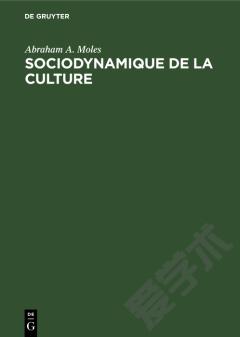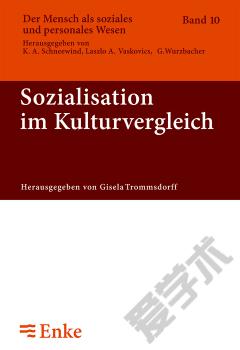Sociocultural Situatedness
The contributions contained in the second volume of the two-volume set Body, Language and Mind? introduce and elaborate upon the concept of sociocultural situatedness, understood broadly as the way in which minds and cognitive processes are shaped, both individually and collectively, by their interaction with socioculturally contextualized structures and practices; and, furthermore, how these structures interact, contextually, with language and can become embodied in it. Drawing on theoretical concepts and analytical tools within the purview of cognitive linguistics and related fields, the volume explores the relationship between body, language and mind, focusing on the complex mutually reinforcing relationships holding between the sociocultural contextualisation of language and, inversely, the linguistic contextualisation of culure. Stated differently, the notion of sociocultural situatedness allows for language to be seen as a cultural activity and at the same time as a subtle mechanism for organizing culture and thought. The volume offers a representative, multi- and interdisciplinary collection of new papers on sociocultural situatedness, bringing together for the first time a wide variety of perspectives and case studies directed explicitly to elucidating the analytical potential of this concept for cognitive linguists and other researchers working in allied fields such as AI, discourse studies and cognitive anthropology.
{{comment.content}}








 京公网安备 11010802027623号
京公网安备 11010802027623号